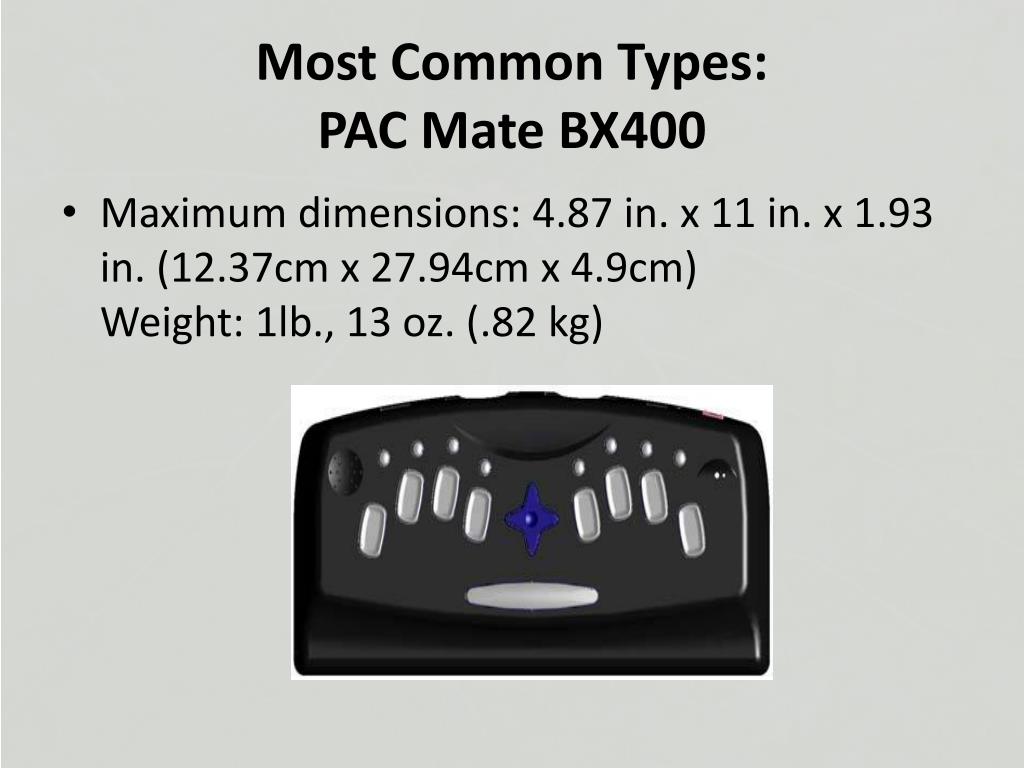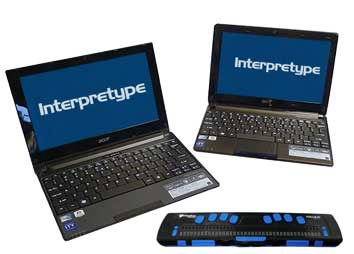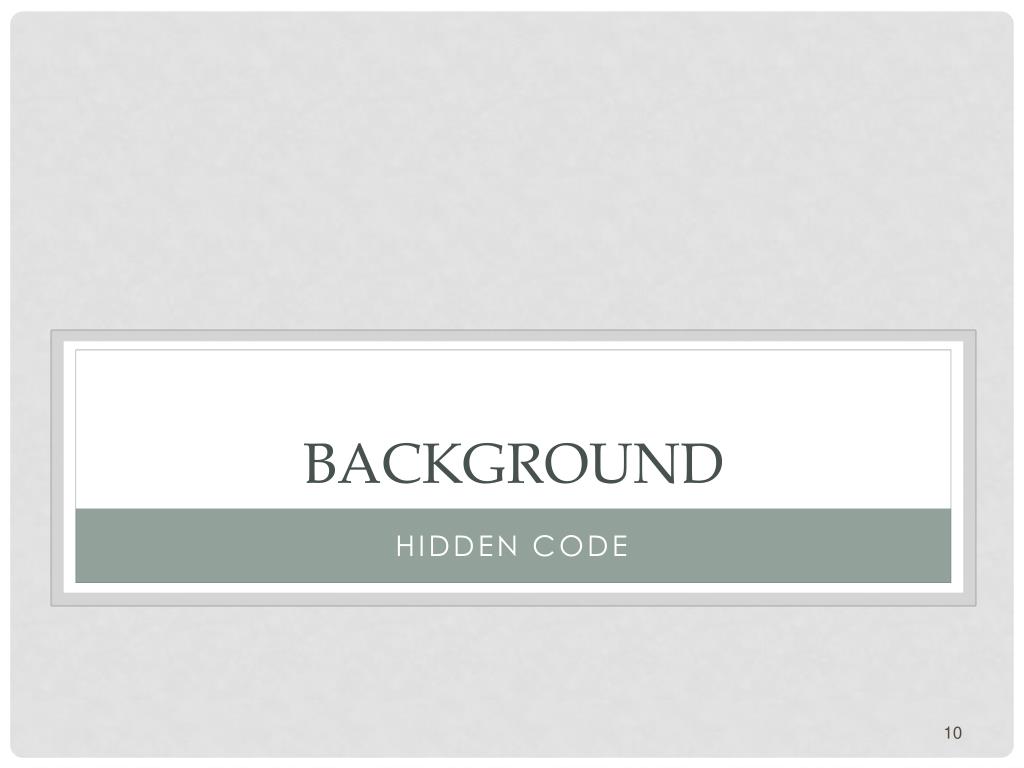
Internet Explorer (all versions) usage decreased to 31.4% from 53.5% in July 2015, 58.7% in January 2014, and 67.5% in May 2012. When using your primary screen reader, which browser do you use most often? Browserįor the first time, IE is no longer the most common browser among respondents. NVDA users reported higher levels of screen reader proficiency than users of other screen readers. 10.4% of respondents with disabilities use VoiceOver compared to 22.6% of respondents without disabilities. Respondents with disabilities are more likely to use JAWS and less likely to use VoiceOver as their primary screen reader than respondents without disabilities. The survey comments indicate that SuperNova was very common among "Other" screen readers.

But we should not discount the continued impact of other screen readers, primarily ZoomText among the broader low vision community.įor survey simplicity, other specific screen readers were not offered as response options. In short, there are three primary players-JAWS, NVDA, and VoiceOver. This difference in respondent demographics accounts for much or most of the decrease of respondents using ZoomText in 2017. 39% of respondents in July 2015 reported low vision, compared to only 20.4% on this survey. They certainly are accurate of respondents for that survey, which included more low-vision users than any other survey. This doesn't necessarily mean that the 2015 numbers were inaccurate. A much broader analysis from 2015 is available on the WebAIM blog. Window-Eyes was also offered freely with Microsoft Office before the 2015 survey, but has since been discontinued. What happened in 2015? Essentially, the survey was distributed to a much broader audience, with many ZoomText and Window-Eyes users recruited to respond. The following chart shows historical trends for primary screen reader usage. Which of the following is your primary desktop/laptop screen reader? Screen Reader

Users of ZoomText, Narrator, and ChromeVox were much more likely to use the visual output than users of other screen readers. Only 1.3% of those with disabilities rely exclusively on the visual output-many of these reported having cognitive or learning disabilities. This is not entirely unexpected, but does indicate significant differences in usage between those with disabilities and those without disabilities. 83.4% of those with disabilities rely exclusively on audio, compared to only 5.3% of those without disabilities (primarily testers). Nearly 25% of respondents rely at least partially on the visual components when using a screen reader. I primarily rely on visual content, but also use screen reader audio

I primarily rely on screen reader audio, but also use visual content I exclusively rely on screen reader audio Which of the following most accurately describes your screen reader usage? Response


 0 kommentar(er)
0 kommentar(er)
